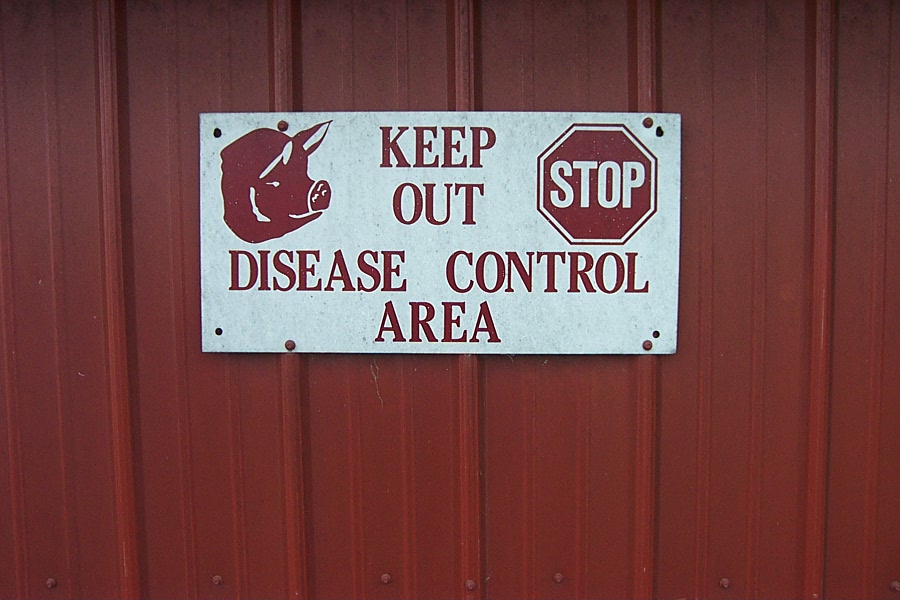Newly funded: U researchers aim to enhance, streamline diagnostic testing of foreign animal disease
January 3, 2022

The U.S. Department of Agriculture (USDA) has awarded University of Minnesota researchers nearly $1 million to investigate measures that would improve the surveillance and detection of foreign animal disease (FAD)—an effort under a brighter spotlight after the confirmation of African swine fever over the summer in the Dominican Republic (DR).
The discovery of the virus in the DR marks the first incursion of the disease into the Americas since 1984, according to the World Organisation for Animal Health. The highly contagious virus is capable of wiping out domestic and feral pig herds, decimating production, and causing significant potential economic loss. ASF is not harmful to human health.
The current standard of surveillance of FAD in the U.S. relies on cooperative producers and practitioners to gather and send suspect samples to approved labs based on their best judgements. As part of this new study, the research team will look at two additional strategies.
First, they’ll add coordinated, enhanced passive surveillance (EPS) approaches in swine farms to the current standards of practice.
Then, they’ll bolster that strategy by adding three different field-based, point-of-need diagnostic tests for suspected FAD cases sussed out by EPS—in an effort to gather the most accurate results as quickly as possible.
RELATED: Newly funded: Investigating swine industry biocontainment strategies for airborne diseases
To apply field testing in real-world scenarios, they’ll work the surveillance techniques in one or two ASF-infected locations—and work the same surveillance techniques while monitoring Porcine Reproductive and Respiratory Virus in Minnesota. This will allow the scientists to measure the efficacy of the techniques against two swine diseases of serious concern—to ensure the process works.
The ultimate goal, the researchers say, is to decrease the time between introduction of the disease and the first confirmed case—to enhance the national capacity for early detection in an effort to mitigate the effects of outbreaks.
The study, funded by the USDA Animal and Plant Health Inspection Service, is led by Andres Perez, DVM, PhD, in the Department of Veterinary Population Medicine, and Jerry Torrison, DVM, PhD, DACVPM, and director of the University’s Veterinary Diagnostic Laboratory. The two-year study begins Jan. 1.


